When I was a kid, our family had the Monopoly game and played it regularly. (I preferred the race car token, but I also liked the shoe, the iron, and the little dog.) It was a fun game for my brother and sisters and me and a good way to while away a cold, rainy day.
Now I read that Hollywood is trying to make Monopoly into a movie. In fact, it has been working on the board game as a film property for more than a decade. The big news recently is that the same people who made the Barbie movie have signed on to the production team.
I had one reaction to the news that Monopoly might be made into a film: why?
The answer seems to be twofold, according to the Hollywood Reporter article linked above. First, a statement by the Barbie production company explained: “Like all of the best IP, this game has resonated worldwide for generations.”
In other words, Monopoly is a known commodity, and the movie can capitalize (Monopoly pun intended) on the fact that millions of people have played and enjoyed the game.
Second, another member of the production group referred to Monopoly as an “historic piece of popular culture” and added: “As one of the most iconic games in the world, Monopoly provides an incredible platform for storytelling opportunities.”
In other words, producers won’t have to work very hard, because the concept, at least some of the characters, and the basic story lines are sketched out already. With a simple script set in Atlantic City, a story involving the guy with the old-fashioned moustache wearing the top hat and at least one character’s trip to a jail, and the right actors, the moviemakers hope that they can pass Go and collect $200 from a family of four.
I’ve previously bemoaned the lack of creative energy in Hollywood, with its endless output of superhero movies, CGI-laden action movies, exhausted “franchises,” and ill-advised remakes of classic films of the past–but a Monopoly movie reaches a new low. Can’t anyone in the film industry do anything fresh and original any more?.

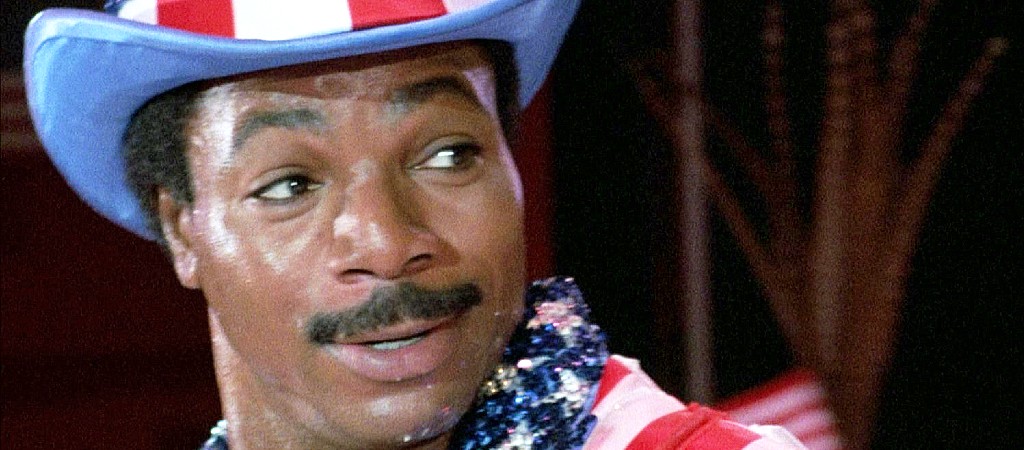

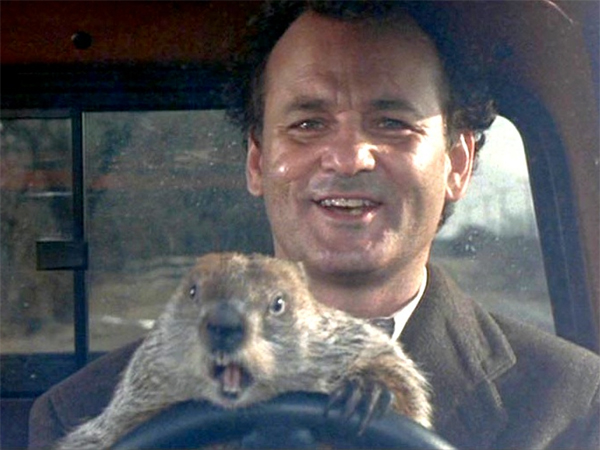
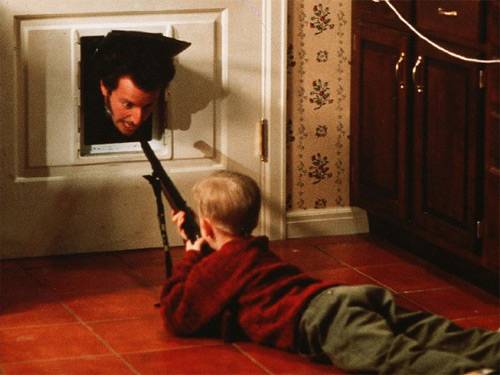

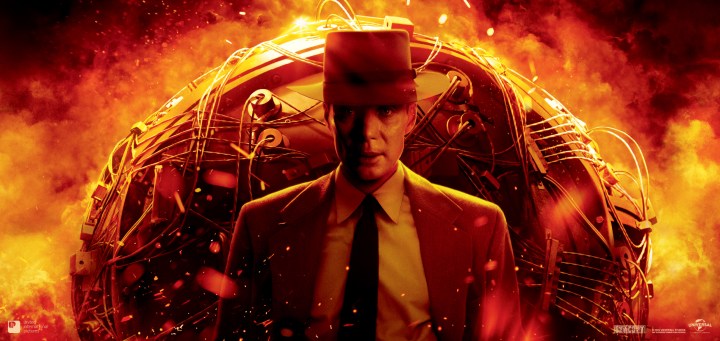



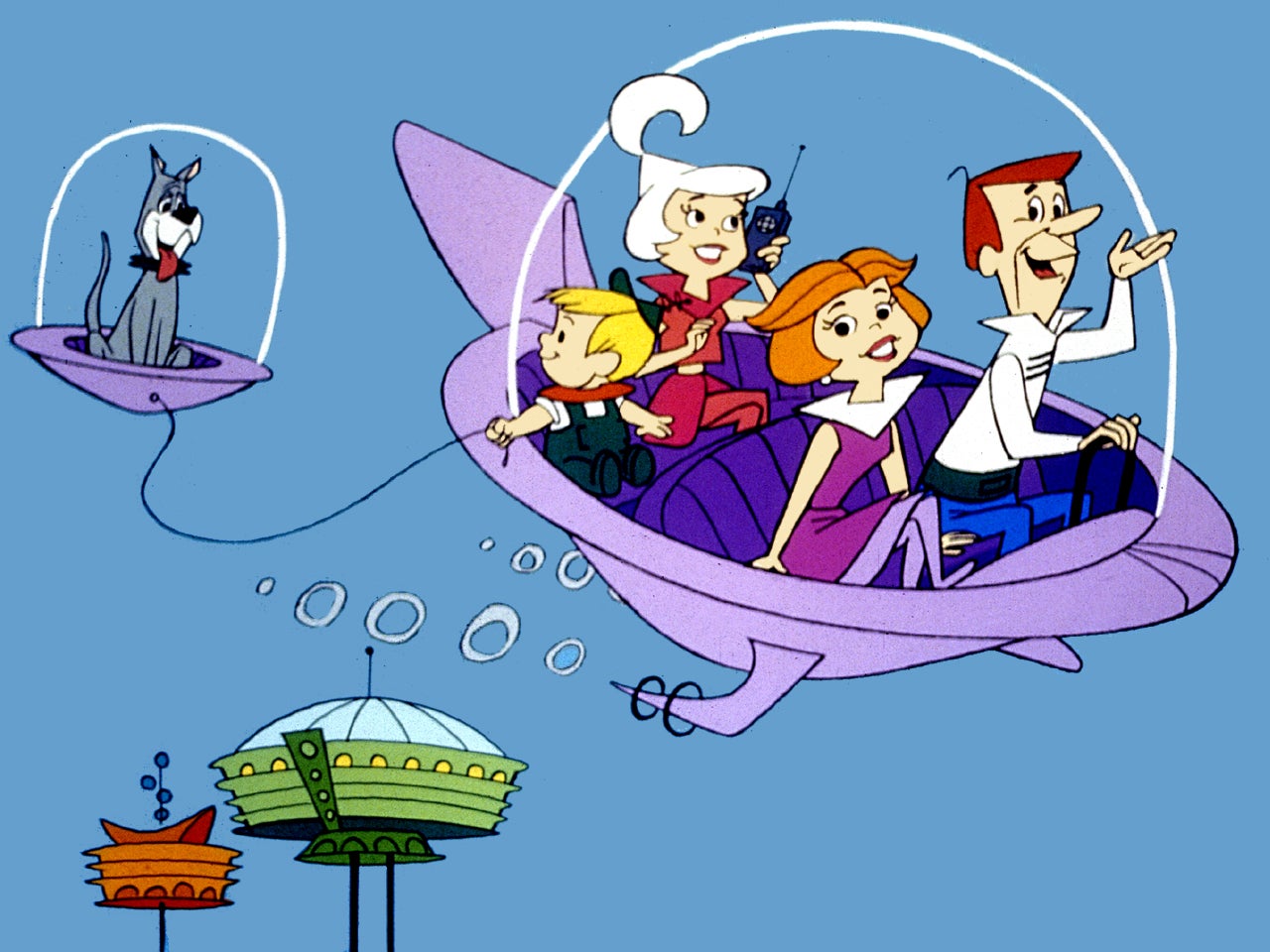

/cdn.vox-cdn.com/uploads/chorus_image/image/71939917/eeo6.0.jpg)



